We can be much more successful in getting people to act on the environment if we use better messaging.
So much of our messaging is based on facts, doom and gloom, reacting to the frames put out by deniers, or trying to counter actions by the current administration. The result is the creation of apocalypse porn (i.e. we are all going to die). The problem is that this leads to apocalypse fatigue. As messengers, we are addicted to this porn. We can’t stop.
Yet, what if there is a better way to communicate?
The first step is to look at why our messaging is not working. We can do this by asking, what are the barriers to getting our messages across? Here are five common barriers*:
1. Distance
Climate change is often perceived as something happening to someone else in a far away place or time. For example, it’s happening to Fiji islanders, or polar bears, or won’t happen for 100 years. This leads to a feeling that it’s outside my sphere of influence. It doesn’t affect me. There is nothing I can do.
So ask yourself, is your message is local, personal, or urgent? For example, talking about the impact of electric vehicles on reducing local asthma hospital visits may be more effective than talking about their impact on our carbon footprint.
2. Doom
The media uses disaster framing for 80% of their articles. Let’s not repeat their mistake. After a time, our minds reject the doom frame by creating apocalypse fatigue. Fear may capture attention in our attention-based economy, but it also leads to avoidance.
Instead, look for positive framing opportunities such as better health, new jobs, new enterprises, and better local competitive positioning. For example, your city may be on the short list for Amazon’s new headquarters because of your mass transit and your city’s commitment to 100% clean energy.
If you must use the doom frame, try to at least counter it with a ratio of three positives to one negative.
3. Dissonance
Our minds create dissonance when the action required conflicts with what we actually do or know. I know that driving my big SUV is bad for the environment, but I drive mine less than my neighbor, because he uses his every day. So it’s OK. I am not a bad person.
We are great at looking for excuses. But is your messaging gently nudging people instead of clobbering them? I find that “I feel better when I use a smaller plate, and just walk to the bus stop,” is better than, “You are overweight because you eat too much and don’t exercise.”
4. Denial
Behavior drives attitudes. Denial is a state of mind double-life. So if I smoke, I am less likely to believe that smoking causes cancer, especially if my friends all smoke. If my friends all are putting solar on their rooftops, then I’m much more likely to believe in global warming, not the other way around.
Positive feedback and social support are keys here. Let’s talk about how 1,200 people signed up for solar evaluations in the small town of Decatur, GA, and 110 have put them up, rather than the fact that Georgia Power has only installed five in the last five years.
5. Identity
Love and belonging, (group identity) are right below air, water and food (physiological needs), and safety on Maslow’s hierarchy of needs. Today, our politics and culture are split along identity groups. Our values override facts based on the identity group we belong to.
So no matter how many facts we spew at people, it doesn’t matter. It actually polarizes them further. Rather, telling stories based on your shared values has a much bigger impact. For example, I have more success talking about my love and respect for nature with farmers, sportsman, and hunters than I do if I prescribe actions they must take that are against the identity of their group. No conservative wants to be told they have to drive a smaller car by a bigger government.
Of course the first rule of communication is understanding your audience. So knowing who you are targeting in each communication is important. Then all of us will be more successful communicators if begin asking ourselves questions based on these five barriers. Are we local and urgent? Are we using stories and values? Are we walking the talk?
Or we can just talk about that meteor about to strike the earth and put us all out of our misery.
We Are All Connected. Savor the Earth!
Hobie,
L. Hobart Stocking
SkyWaterEarth.com
hobart@skywaterearth.com
651-357-0110
Facebook: @SkyWaterEarthConnected
Twitter: @SkyWaterEarth
* For more information on this approach see the talk or book by Per Epson Stoknes.

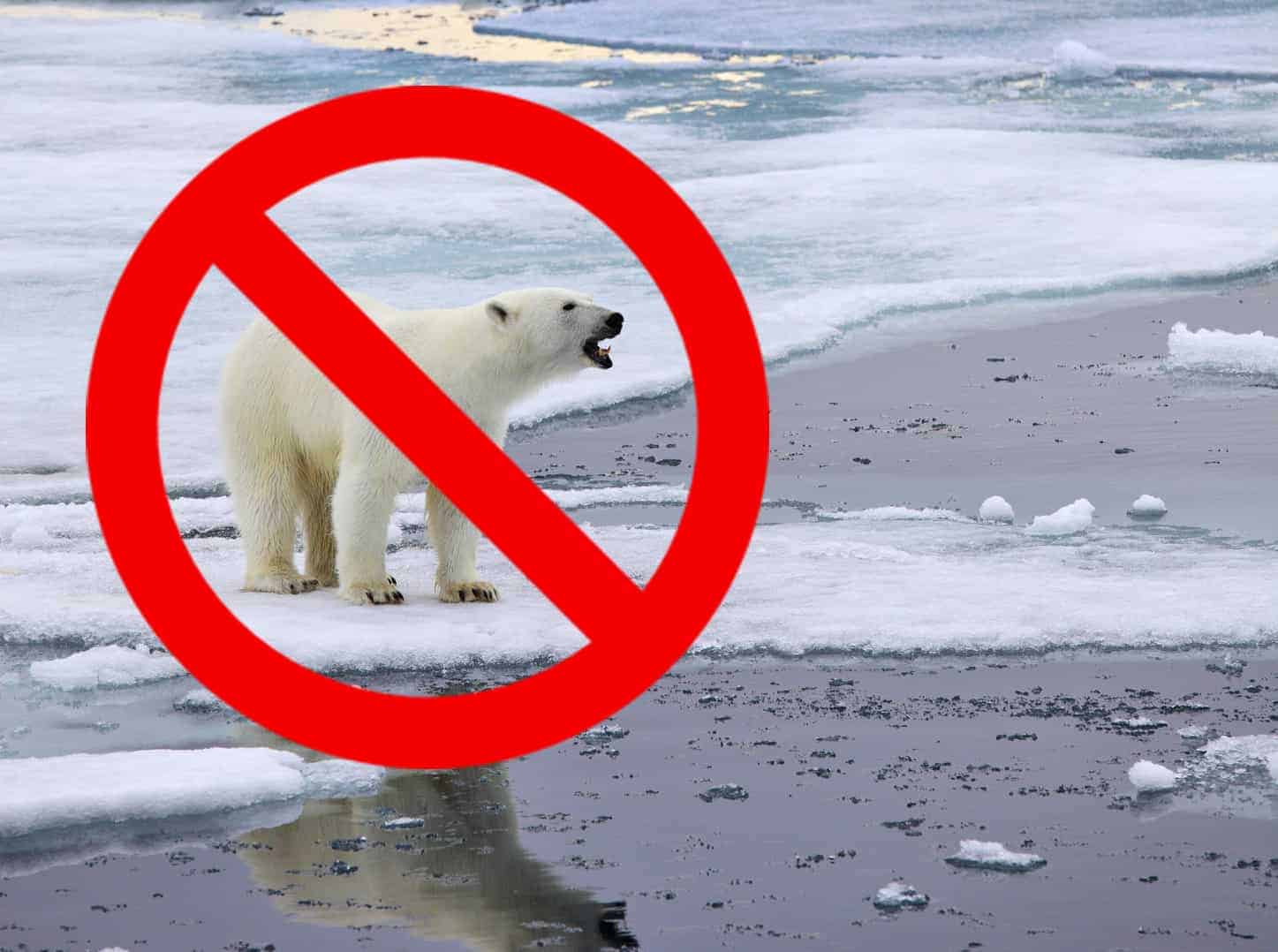

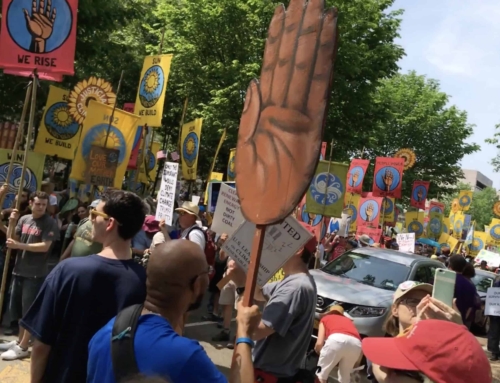
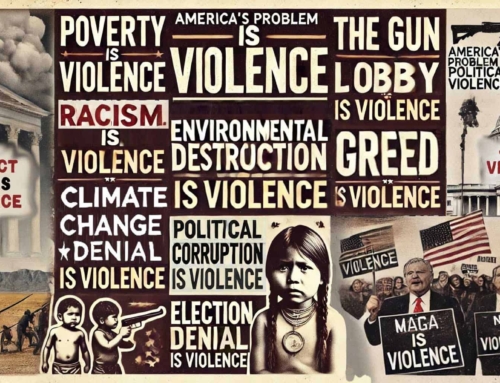
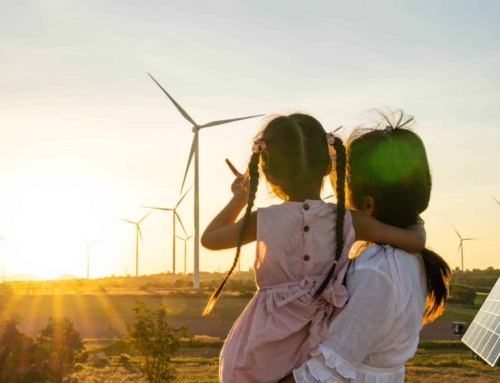

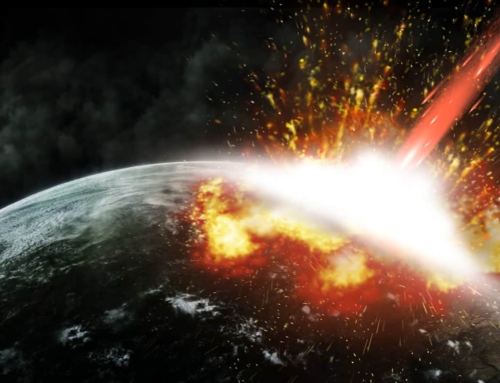
Leave A Comment